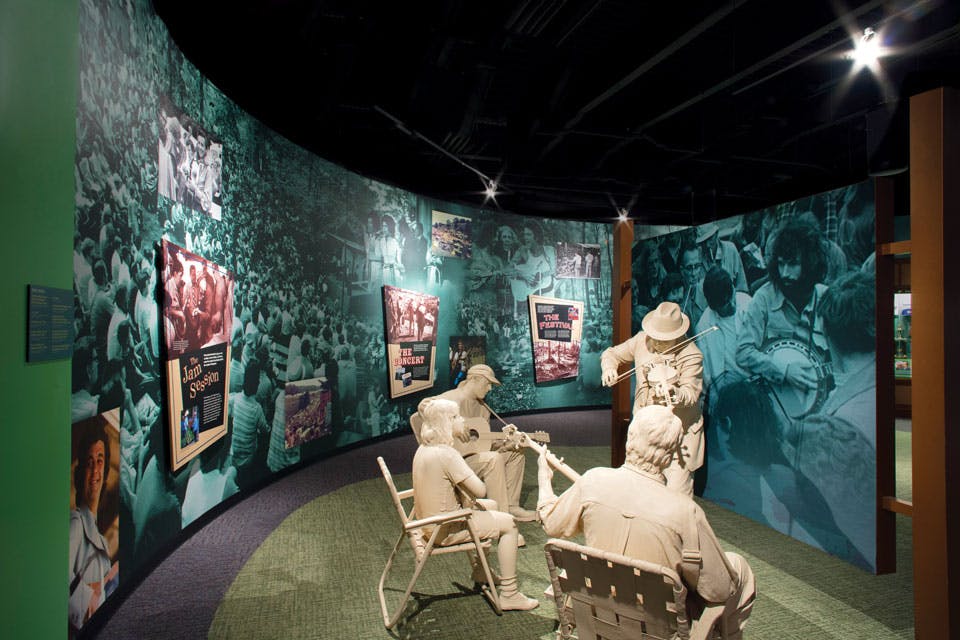Travel
| Long Weekends
Kentucky: Artistic Heritage
From music to contemporary art, a drive through the Bluegrass State reveals a variety of destinations that celebrate artists and embrace history.
Related Articles

7 Outdoor Adventures in West Virginia
The Mountain State is home to beautiful outdoor destinations, whether you’re looking to hit the trails, get some stargazing in or embrace adventures ranging from rail biking to bungee jumping. READ MORE >>

9 Ways to Experience Erie, PA and Western NY this Summer
Explore Presque Isle State Park, visit the Chautauqua Institution for its 150th anniversary and celebrate laughter in the hometown of a comedy legend. READ MORE >>

6 West Virginia Mountain Towns to Visit this Summer
These communities serve as great bases for exploring the wealth of outdoor adventures, rich history and artistic heritage found in the Mountain State. READ MORE >>







